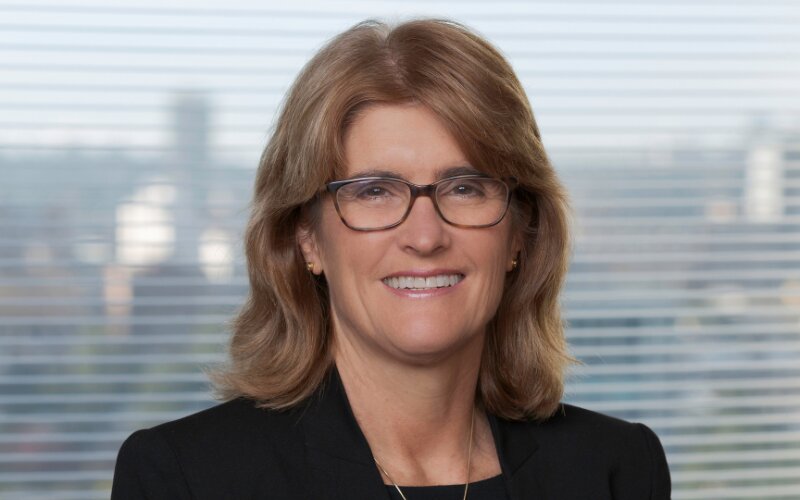In what has become a bit of a copy paste job of late, the cash rate has been the same since November 2020 when the Reserve Bank (RBA) made a 'Melbourne Cup cash rate cut' to a historic low of 0.10%.
In his statement on monetary policy (SOMP), RBA Governor Dr Philip Lowe pointed to lagging inflation and slow wages growth as reasons for keeping things unchanged.
"Despite the strong recovery in economic activity, the recent CPI [consumer price index] data confirmed that inflation pressures remain subdued in most parts of the Australian economy," he said.
"A pick-up in inflation and wages growth is expected, but it is likely to be only gradual and modest."
Dr Lowe said the Bank expects inflation to be 1.5% in 2021, and 2% in mid-2023; the Bank has repeatedly said it wants inflation to be 'comfortably' within the 2-3% range before it considers raising the cash rate.
According to Westpac's Rate Strategy team, the RBA is more preoccupied with more exotic policies such as yield curve control (YCC), which is a function of central banks buying Government bonds to keep their bond yield under control.
"We expect that their labour market numbers will not be sufficiently improved relative to their full employment assessment to give them confidence that an April 2024 hike is possible," the team said in a report issued yesterday.
The Rates Strategy team predicted a 10% probability on the RBA "hinting" at dropping its 2024 guidance, and just 5% probability on explicitly dropping it.
'No return' to higher risk lending
At a speech delivered to the mutual banking sector today, Australian Prudential Regulation Authority (APRA) deputy chair John Lonsdale said there was not yet a return to higher risk mortgage lending.
"We are not seeing a return to higher risk lending, particularly in areas where we have intervened in the past such as investor and interest-only loans. However, it is important that standards are maintained, monitored and tested," he said.
Lending data released today for March shows a 'record high' in new loans written, up 5.5% over the month to $30.2 billion.
Investment lending led the surge, up 12.7% to $7.8 billion, accounting for more than half of the month's gains.
However, lending to first home buyers has cooled off for the second consecutive month, with loan commitments falling 3.1% in March, after February's 3.3% drop.
CoreLogic's dwelling values data also shows values are up 6.8% on the quarter to nearly $625,000 across Australia.
In the capital cities it's more than $705,000, while in the region's it's nearly $456,000.
This is on top of Australian Bureau of Statistics data that shows the mean price of residential dwellings to December 2020 was $728,500.
As has been a steady fixture in the SOMP lately, Dr Lowe said the RBA is "monitoring trends" in housing closely.
"Housing markets have strengthened further, with prices rising in all major markets. Housing credit growth has picked up, with strong demand from owner-occupiers, especially first-home buyers," he said.
"Given the environment of rising housing prices and low interest rates ... it is important that lending standards are maintained."
Photo by Jordan Whitt on Unsplash

Ready, Set, Buy!
Learn everything you need to know about buying property – from choosing the right property and home loan, to the purchasing process, tips to save money and more!
With bonus Q&A sheet and Crossword!

.jpg)

 Hanan Dervisevic
Hanan Dervisevic
 Brooke Cooper
Brooke Cooper


